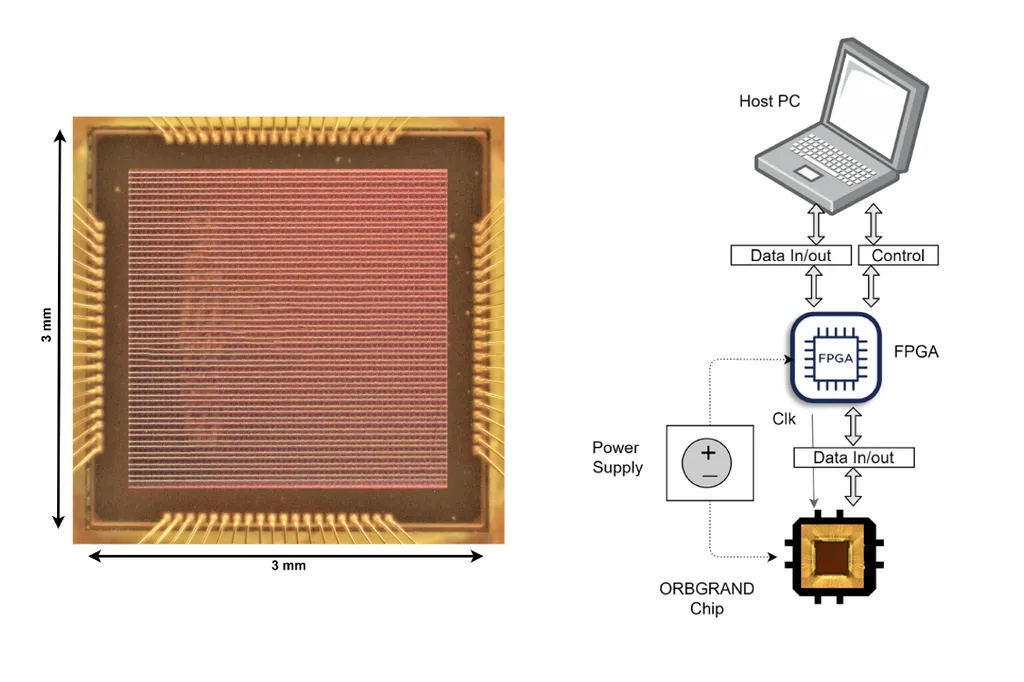Researchers from Northwestern University, the University of Houston, and Argonne National Laboratory have developed a new mathematical approach to interpret electrochemical impedance spectroscopy (EIS) data, a technique widely used in the energy industry to understand charge transfer and transport processes in electrochemical devices like batteries and fuel cells.
Electrochemical Impedance Spectroscopy is a non-invasive method that applies a small alternating current to a system and measures its response over a range of frequencies. This data is typically interpreted using equivalent circuit models, which are hypothetical representations of the physical processes in the device. However, these models can be subjective and may not always accurately represent the system.
The research team, led by Maria K. Y. Chan from Northwestern University, has introduced a new approach that relies on fundamental principles of complex analysis to extract key characteristic features from EIS data. This method can identify the presence of inductors and constant phase elements (non-ideal capacitors) in circuit models and help determine the identifiability and uniqueness of these models. In some cases, the method can even enumerate all possible families of circuit models, such as those containing only resistors and capacitors.
The researchers applied their mathematical framework to real-world electrochemical systems, including a lithium-ion battery coin cell, to demonstrate its practical utility. This new approach could provide a more objective and accurate way to interpret EIS data, leading to a better understanding of electrochemical processes and improved design and optimization of electrochemical devices.
The research was published in the journal Nature Communications. This work could have significant implications for the energy industry, particularly in the development and optimization of batteries, fuel cells, and other electrochemical devices. By providing a more robust and reliable method for interpreting EIS data, this research could help accelerate the development of more efficient and sustainable energy technologies.
This article is based on research available at arXiv.

